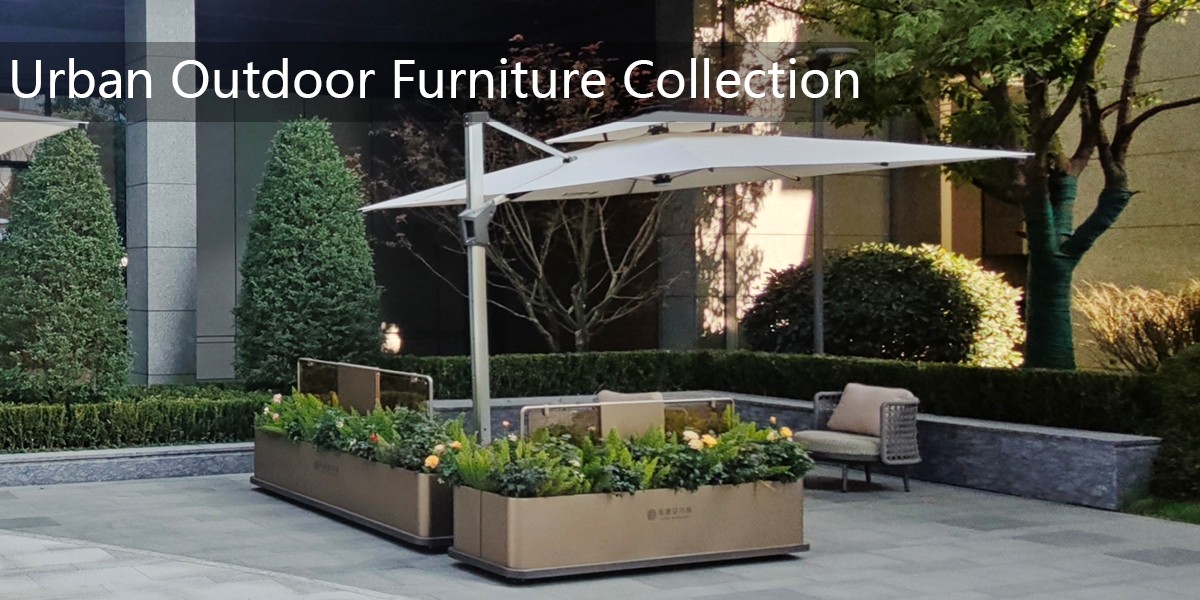Outdoor sculptures transcend traditional art viewing by creating immersive experiences that engage multiple senses and invite audience participation. These large-scale works often utilize their environment as an integral part of the artwork, blending seamlessly with natural or urban landscapes to create surprising visual dialogues.
The immersive quality begins with scale - monumental sculptures command attention and alter viewers' perception of space. Artists strategically position works to guide movement, creating curated pathways that reveal different perspectives as visitors explore. Interactive elements, from touchable surfaces to kinetic components, break down barriers between artwork and observer, fostering personal connections.
Light plays a crucial role, with many sculptures designed to transform under different daylight conditions or incorporate illumination for nighttime viewing. Sound sculptures add auditory dimensions, while textured surfaces invite tactile exploration. Some installations incorporate technology like augmented reality to layer digital experiences onto physical artworks.
Environmental integration proves particularly powerful - sculptures reflecting local history or responding to weather patterns create site-specific experiences impossible to replicate elsewhere. This contextual relevance makes the artwork feel like an organic extension of its surroundings rather than an imposed object.
By combining these elements, outdoor sculptures transform passive viewing into active participation, turning public spaces into dynamic arenas for artistic encounter and social interaction. The most successful works create memorable experiences that linger in visitors' minds long after they've left the physical artwork.


